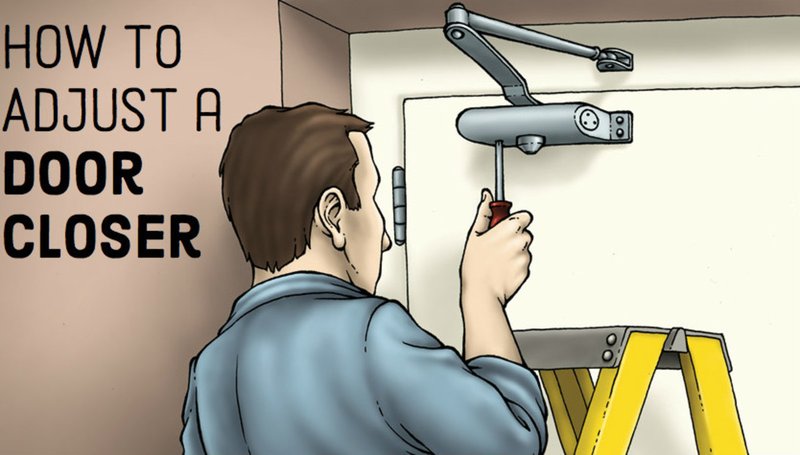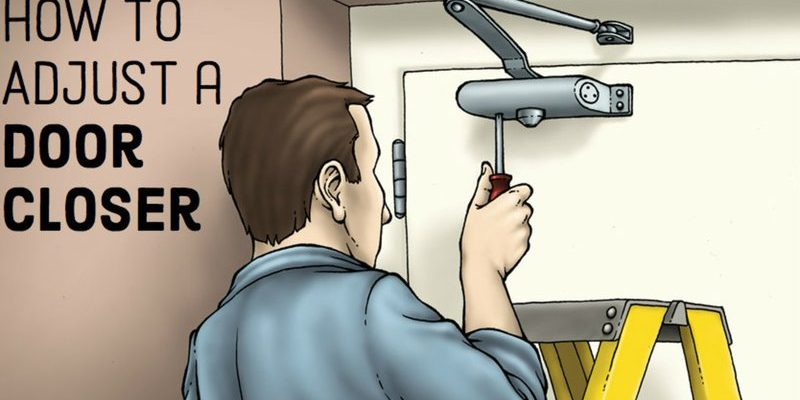
Let’s break it down step by step. A door that doesn’t close easily can be a hassle, but diagnosing the issue doesn’t have to be a headache. Whether it’s a pesky hinge, a misaligned frame, or something else entirely, we’ll explore it all. Grab a cup of coffee, and let’s get into it!
Common Causes of Door Closing Issues
Some doors seem to have a mind of their own, refusing to budge or click into place without some serious persuasion. The most common culprits are usually:
- Misalignment: Over time, door frames can settle, causing the door to sit unevenly.
- Hinge Problems: Worn or rusty hinges can make a door difficult to close.
- Weather Stripping: If the stripping is too thick or warped, it can create extra resistance.
In dealing with these issues, you might find that small changes can make a big difference. For instance, if the doorframe has shifted, adjusting it might eliminate the need for force. Let’s take a deeper look at each of these common causes.
Diagnosing Misalignment
Misalignment is often the main reason a door requires force to close properly. It’s like when the pieces of a puzzle just won’t fit right; something is off. You might notice gaps between the door and the frame or unevenness along the edges. To check for misalignment, follow these steps:
1. Visual Inspection: Look for any visible gaps when the door is closed. If one side is higher than the other, it’s likely misaligned.
2. Hinge Check: See if the hinges are tightly secured and whether the door hangs straight. Loosened screws or bent hinges can cause the door to sag.
3. Adjust the Hinge: Sometimes, simply tightening the screws can fix the problem. If that doesn’t work, you may need to shim the hinges to raise one side of the door.
Don’t overlook the importance of checking alignment. A properly aligned door can save you a lot of hassle and energy.
Inspecting the Hinges
The hinges are the heart of your door’s operation. If they’re rusty, damaged, or worn out, you’ll find yourself pushing that door harder than a bouncer at a nightclub. Here’s how to inspect and troubleshoot hinge issues:
1. Look for Rust or Damage: A quick visual check can tell you a lot. If you spot rust or significant wear, it’s time to consider replacing the hinges.
2. Lubrication: Sometimes, a little lubricant goes a long way. Apply a few drops of oil to the hinges to see if it eases the motion.
3. Tightening Screws: Ensure that all screws are snug. Loose hinges can lead to misalignment and make it harder to close the door.
Taking care of your hinges regularly can prevent them from becoming a bigger problem. It’s like maintaining oil levels in your car; a little attention now can save you in the long run.
Weather Stripping Woes
Weather stripping plays a crucial role in keeping drafts out and maintaining energy efficiency. However, if it’s too thick or damaged, it can act like a stubborn bouncer trying to keep your door from closing. Here’s how to assess and fix weather stripping issues:
1. Inspect the Stripping: Examine the entire length of the weather stripping for wear and tear. If it’s warped or missing chunks, that’s your problem.
2. Thickness Check: If it feels too thick when you attempt to close the door, consider replacing it with thinner material that’ll allow for a smoother closure.
3. Proper Installation: Make sure the stripping is properly installed. An amateur job can cause misalignment and door resistance.
Maintaining your weather stripping is just as vital as taking care of your hinges. It contributes not only to ease of closing but also to the overall efficiency of your home.
Checking the Door Frame
Sometimes, the fault lies with the door frame itself. If it’s warped or damaged, it can throw everything off-kilter. Here’s how to assess the frame:
1. Visual Inspection: Look down the frame to see if it’s straight. If it curves or bows out, that could be the source of your issue.
2. Use a Level: A carpenter’s level can help you determine if the frame is even. If it’s off, you’ll likely need to make adjustments.
3. Reinforcement: In some cases, reinforcing the frame with screws or brackets can help stabilize it and create a better seal.
A sturdy door frame is essential for a smoothly operating door. Ignoring frame issues can lead to more significant problems down the line.
When to Call a Professional
If you’ve tried all the DIY fixes and your door still requires force to close properly, it might be time to call in a professional. Here’s why:
– Expertise: Professionals can diagnose issues that might be hard to see for an untrained eye.
– Tools and Equipment: They have access to specialized tools that can make repairs easier and more effective.
– Long-Term Solutions: A pro can offer lasting solutions and prevent recurring problems.
Think of it like taking your car to a mechanic when it makes strange noises. Sometimes, you just need that extra set of knowledgeable hands.
Preventive Measures for Smooth Operation
Once you’ve got your door working correctly, you’ll want to keep it that way. Here are some simple preventive measures:
– Regular Maintenance: Schedule routine inspections of hinges, weather stripping, and the door frame to catch issues early.
– Lubrication: Regularly lubricate hinges to ensure smooth movement.
– Seasonal Checks: Changes in weather can impact door performance, so checking before and after seasons can help maintain function.
Remember, a little preventive care goes a long way. It’s like putting on sunscreen before a day at the beach—you may not see the immediate effects, but you’ll be thankful later.
In conclusion, diagnosing a door that requires force to close properly can feel overwhelming, but it doesn’t have to be. By checking for misalignment, inspecting hinges, assessing weather stripping, and examining the door frame, you can tackle the problem head-on. And if ever you feel it’s beyond your skill set, reaching out to a professional can save you time and frustration. A well-operating door not only enhances your day-to-day life but also adds to your home’s overall comfort. So, take these steps, and you’ll have that door closing smoothly in no time!
